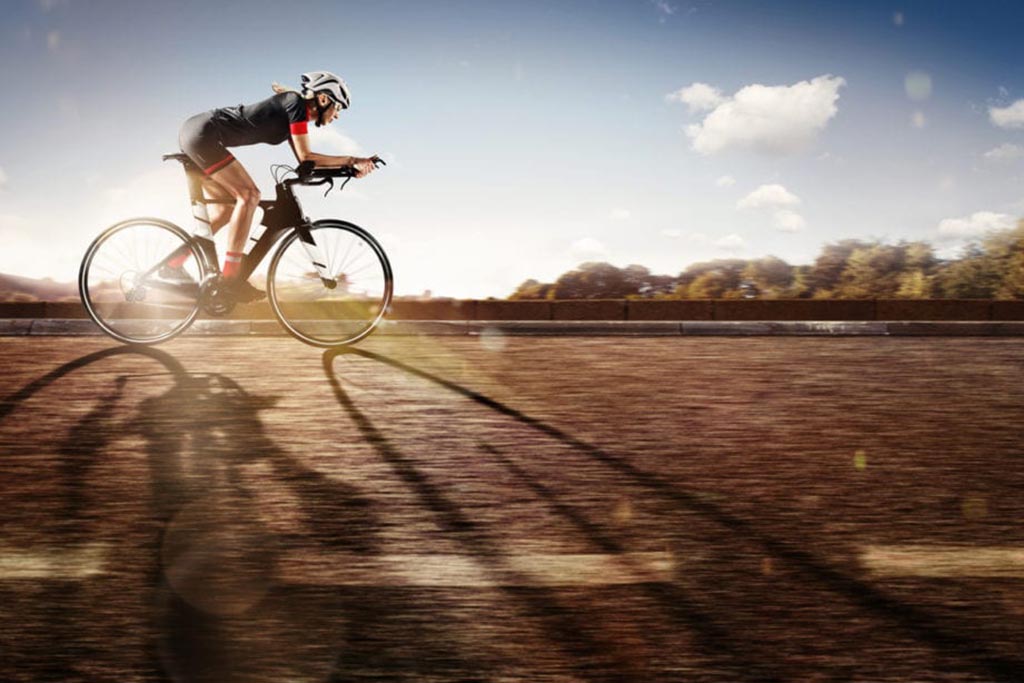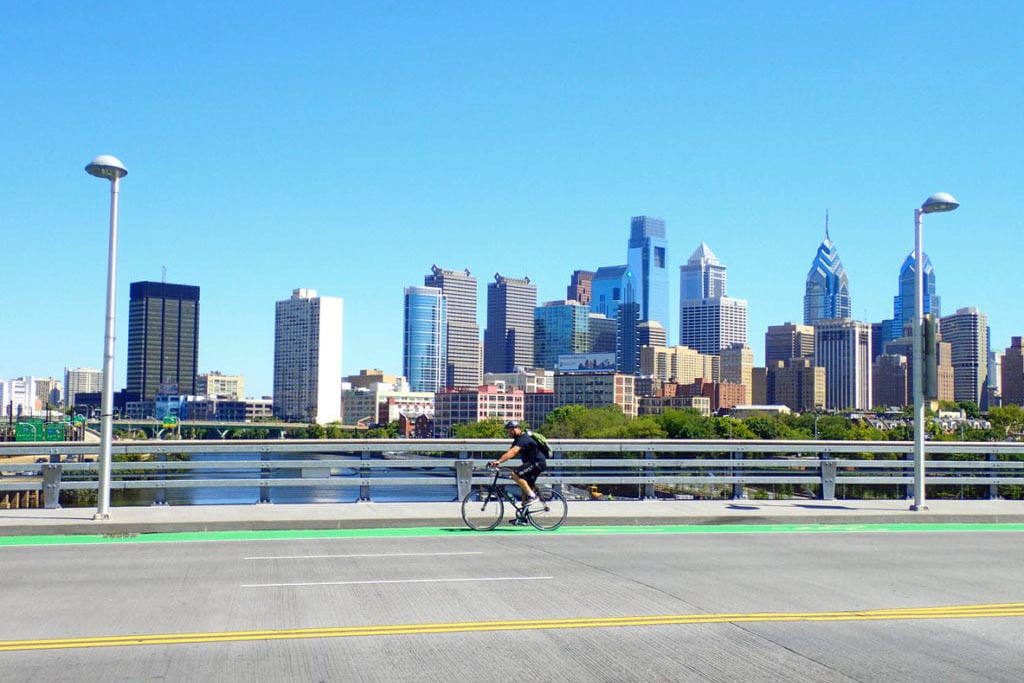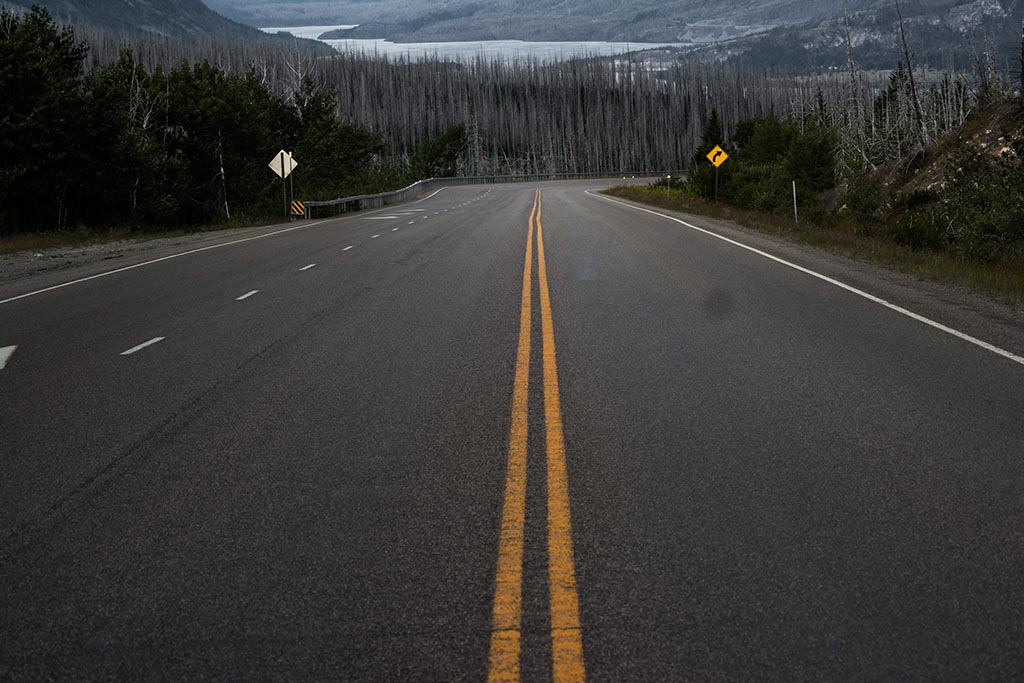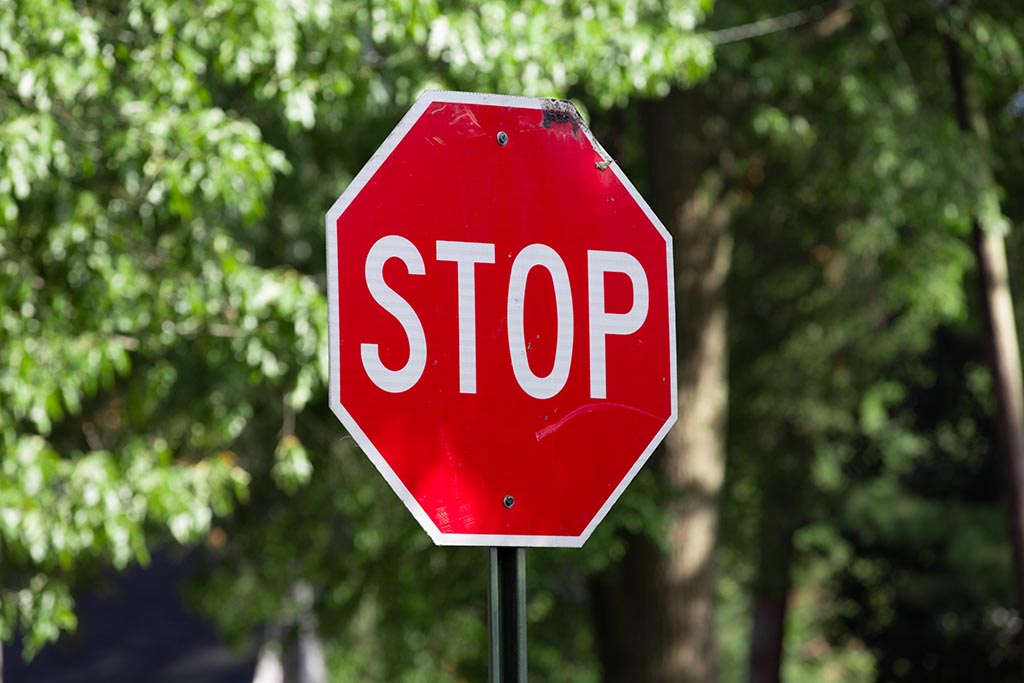Many states have laws requiring motorists to keep a safe distance when passing bicycles on the road. Where these laws exist, the distance is usually three feet. Some places require more. There’s no doubt that keeping a reasonable distance is necessary for safety. The question is how much these bicycle clearance laws help.
Inadequate clearance is a factor in a relatively small proportion of bicycle accidents. Visibility problems and reckless disregard for cyclists are bigger factors. Lack of clearance can be a cause of rear-end collisions, which are especially likely to cause serious injury. Fortunately, this type of accident isn’t very common.
Enforcement is another difficulty. How often will a police officer notice that a car is passing a bike too closely? If the officer does notice, how likely is the incident to result in a ticket? The law is most likely to come into play when there is an accident. Failure to maintain required clearance can help establish that a motorist is at fault.
What is sufficient clearance?
Intuitively, the distance required for safety should increase as the speed limit goes up. However, country roads with lower speeds can be the most dangerous. They often have poorly maintained shoulders, and a cyclist may need to swerve to avoid a pothole. If a car is passing too closely, this could have deadly consequences.
Cyclists shouldn’t cling to the very edge of the road to maximize clearance. Doing that gives them nowhere to go if they encounter a bad spot in the pavement. They’re actually safer if they have some buffer space toward the edge, even if they’re closer to vehicles.
As with many situations, laws by themselves aren’t enough to make people safer. Motorists need to be aware of bicycles in the road and give them a safe berth. Cyclists need to stay as visible as possible and avoid unpredictable behavior. Clearance laws serve as a reminder, but they may not do much more than that.
If you’ve been involved in an accident while on a bicycle, contact Mr. Brustin to find out what your options are.








